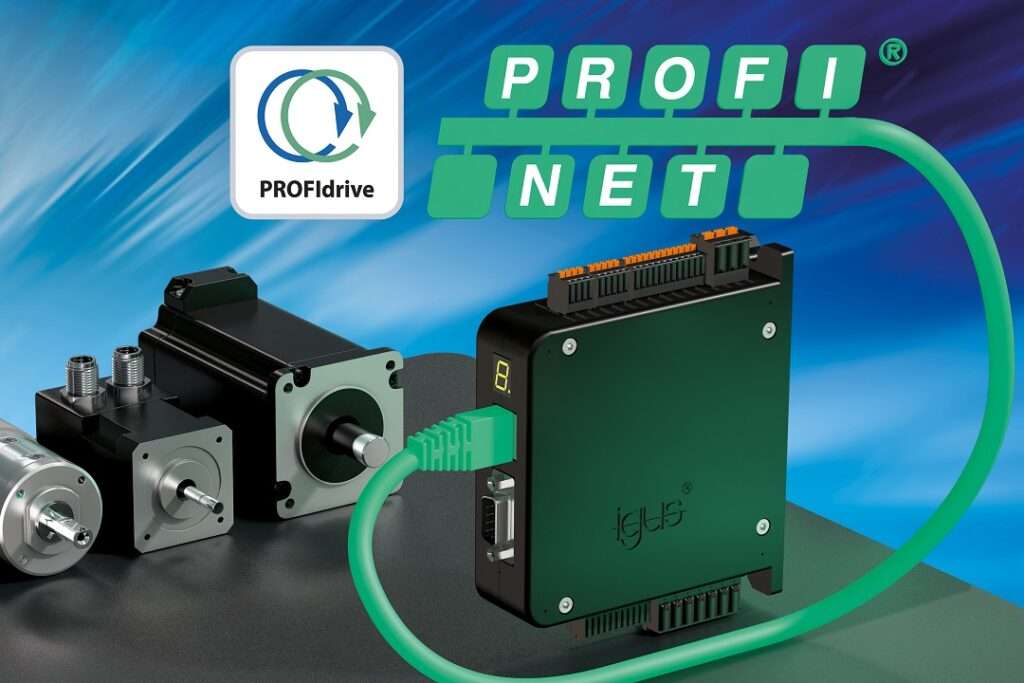Intel has introduced its first discrete graphics processing unit (dGPU), the Intel Arc Graphics for Automotive, at its AI Cockpit Innovation Experience event. This new dGPU is set to transform the automotive industry by enhancing AI-driven cockpit experiences and personalizing vehicle interactions. The Intel Arc Graphics for Automotive is expected to be implemented in vehicles starting in 2025, offering increased computing power to support advanced automotive technologies.
The discrete GPU addresses the growing need for enhanced computational capabilities in modern vehicle cockpits. It complements Intel’s existing AI-enhanced software-defined vehicle (SDV) system-on-chips (SoCs), providing a flexible and scalable platform for automakers.
This integration allows for a single vehicle platform to be scaled across different trim levels, from entry-level to high-end models, streamlining development and ensuring software compatibility. Intel’s AI Cockpit Experience illustrates how in-vehicle AI can create personalized and intuitive interactions between drivers, passengers, and their vehicles.
Key features of Intel’s new solution include unmatched scalability, advanced in-vehicle experiences with voice, camera, and gesture recognition, and deep personalization through AI algorithms. Demonstrations included an immersive cockpit UI with support for high-definition screens and gaming, as well as enhanced productivity and entertainment options within the vehicle.
Jack Weast, Intel’s Vice President and General Manager of Intel Automotive, emphasized the company’s commitment to integrating AI into diverse devices and highlighted China’s rapid advancements in electric vehicles and technology as a key testing ground for these innovations. Intel’s AI PC accelerator program, involving over 100 software vendors, is expected to further expand the ecosystem for in-vehicle AI applications.








